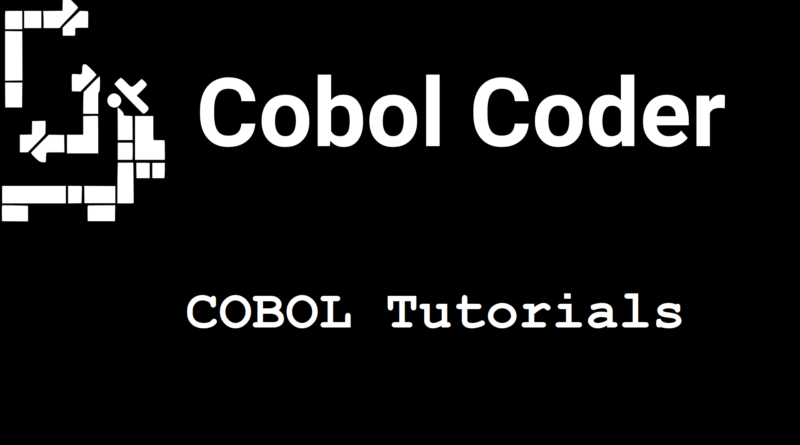Basic Structure of a COBOL Program
COBOL (Common Business-Oriented Language) is a programming language primarily designed for commercial and business applications. Below, I will provide you with a basic structure of a COBOL program and explain its main sections:
COBOL Program
IDENTIFICATION DIVISION.
PROGRAM-ID. MyProgram.
AUTHOR. YourName.
DATE-WRITTEN. DD/MM/YYYY.
ENVIRONMENT DIVISION.
CONFIGURATION SECTION.
SOURCE-COMPUTER. IBM-PC.
DATA DIVISION.
WORKING-STORAGE SECTION.
01 Variable-1 PIC 9(5).
01 Variable-2 PIC X(20).
PROCEDURE DIVISION.
Program-Start.
DISPLAY 'Hello, World!'.
ACCEPT Variable-1 FROM CONSOLE.
MOVE 'Welcome' TO Variable-2.
DISPLAY 'Number entered: ' Variable-1.
DISPLAY 'Message: ' Variable-2.
Program-End.
STOP RUN.IDENTIFICATION DIVISION
- PROGRAM-ID: Identifies the program name.
- AUTHOR: Name of the program’s author.
- DATE-WRITTEN: Date when the program was created.
ENVIRONMENT DIVISION
- CONFIGURATION SECTION: Defines the execution environment configuration.
- SOURCE-COMPUTER: Specifies the type of computer for which the program is developed.
DATA DIVISION
- WORKING-STORAGE SECTION: Reserves space for working variables.
- 01: Entry level of the variable.
- Variable-1: Example of a numeric variable with 5 digits.
- Variable-2: Example of an alphanumeric variable with a length of 20.
PROCEDURE DIVISION
- Program-Start: Label marking the beginning of program execution.
- DISPLAY: Outputs messages to the console.
- ACCEPT: Reads input from the console.
- MOVE: Assigns a value to a variable.
- DISPLAY: Outputs variable values to the console.
- Program-End: Label marking the end of program execution.
STOP RUN
- Indicates the end of the program.
This is a very simple and basic example of a COBOL program. In larger applications, you will find additional sections such as FILE SECTION, PROCEDURE DIVISION, among others. Additionally, COBOL uses a fixed-format style where each line has a specific structure based on character positions. This format is a unique feature of COBOL.

